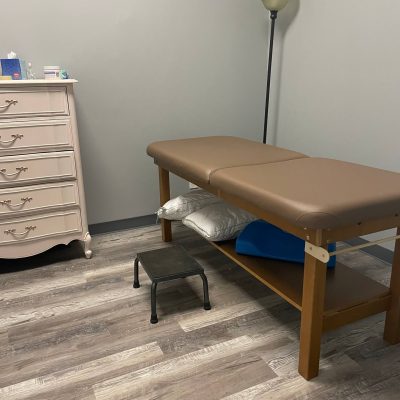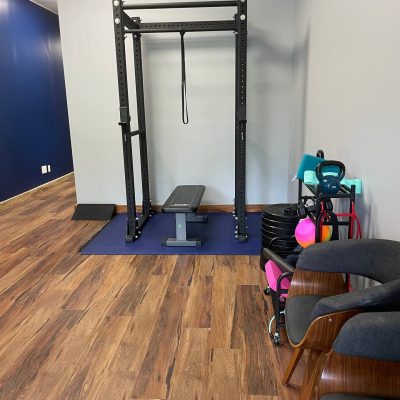By SaMone Jackson, OTR/L, CLT
The perineum is a small but crucial part of the human anatomy, often overlooked and rarely discussed. Located between the genitals and the anus, this diamond-shaped region plays a vital role in various bodily functions and deserves more attention than it typically receives.
Anatomically, the perineum is the diamond-shaped area located between the pubic symphysis, coccyx, and ischial tuberosities. In males, it extends from the scrotum to the anus, while in females, it spans from the vulva to the anus. This area contains a complex network of muscles, nerves, blood vessels, and connective tissues, making it a crucial part of the pelvic floor.
The perineum plays a key role in supporting the pelvic floor, which in turn helps maintain the proper functioning of the bladder, uterus/penis, and rectum. Pelvic Floor muscles are essential for maintaining continence and providing stability to the pelvic organs. Weakness or dysfunction in the pelvic floor can lead to issues such as urinary incontinence and pelvic organ prolapse, highlighting the importance of a healthy perineum.
In addition to its role in pelvic support, the perineum is a critical area during childbirth. The perineal muscles are stretched during the passage of the baby through the birth canal. To prevent tears and promote the elasticity of the perineum, perineal massage is often recommended during pregnancy. Proper care and attention to this area can help reduce the risk of perineal trauma during childbirth.
Surprisingly, the perineum is also an erogenous zone for both men and women. It is rich in nerve endings, and stimulation of this area can enhance sexual pleasure. It houses erectile tissues and plays a role in arousal and orgasm.
Understanding and appreciating the role of the perineum in sexual anatomy can contribute to a more fulfilling intimate experience.
Open conversations about this part of the body are essential for promoting awareness and understanding. Healthcare professionals often emphasize the importance of perineal care, particularly during pregnancy and postpartum recovery.
Pelvic floor therapy, also known as pelvic physiotherapy or pelvic floor rehabilitation, is a specialized form of occupational or physical therapy designed to address issues related to the perineum and pelvic floor muscles.
Pelvic floor therapy aims to assess, strengthen, and rehabilitate the muscles of the pelvic floor, including those in the perineum. Common reasons for seeking pelvic floor therapy include pelvic pain, urinary or fecal incontinence, pelvic organ prolapse, and difficulties related to childbirth.
Pelvic floor therapy plays a vital role in promoting the health and well-being of the perineum and pelvic floor. By addressing muscle dysfunction and providing targeted rehabilitation, this specialized form of occupational/physical therapy offers effective solutions for individuals dealing with a range of pelvic floor-related issues, contributing to improved quality of life.
In conclusion, the perineum may be small, but its significance in supporting pelvic organs, facilitating childbirth, and enhancing sexual pleasure cannot be overstated. By breaking the silence and fostering open conversations about this often overlooked area, we can promote better understanding, care, and appreciation for the perineum and its vital role in our overall health and well-being.
Interested in Pelvic Floor Therapy? Contact us today!







